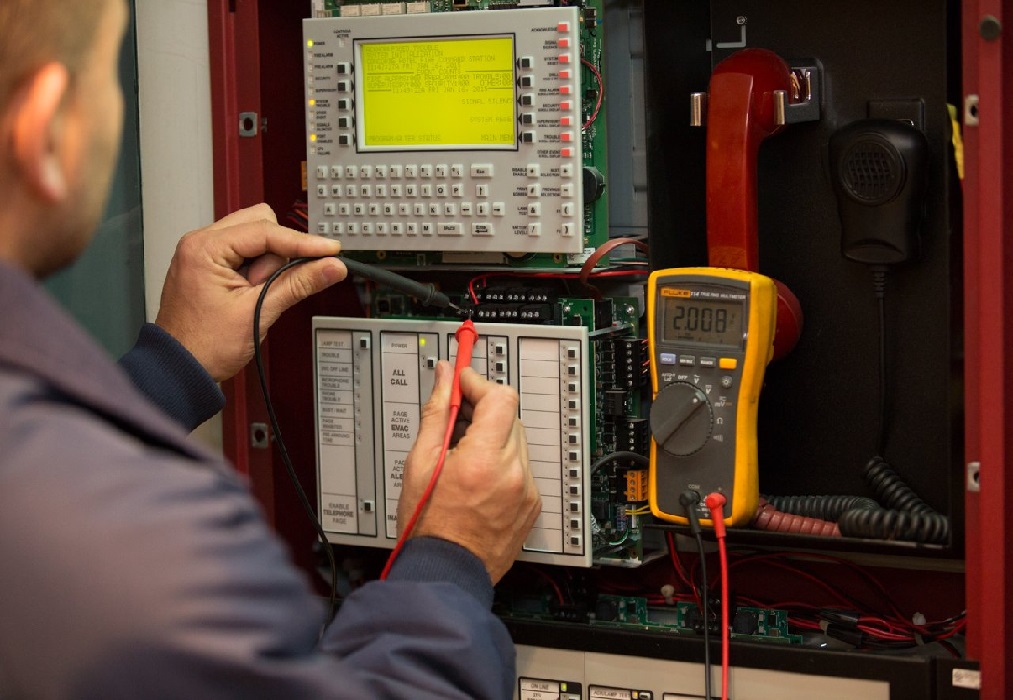Redundancy and Reliability – The Pillars of a Resilient Fire Alarm System
In the realm of fire safety, the efficacy of alarm systems is paramount. A resilient fire alarm system stands as a formidable barrier between potential disaster and the safety of occupants. Two fundamental principles underpin the robustness of such systems – redundancy and reliability. Redundancy, in the context of fire alarm systems, refers to the inclusion of backup components and mechanisms to ensure uninterrupted functionality. This strategic duplication is not born out of paranoia but rather a meticulous understanding of the unpredictable nature of emergencies. Redundancy minimizes the risk of system failure, offering a failsafe against technical glitches, component malfunctions, or even intentional tampering. One key aspect of redundancy is the presence of duplicate sensors and detectors strategically positioned throughout a building. These sensors serve as the vigilant eyes of the system, constantly monitoring for signs of smoke or elevated temperatures. In the event of a sensor failure, redundant sensors seamlessly take over, maintaining the system’s vigilance and prompt response. This redundancy in detection mechanisms ensures that no blind spots compromise the system’s ability to detect potential fire hazards.

Furthermore, redundancy extends to the power supply infrastructure of the fire alarm system. In the face of power outages, backup power sources such as uninterruptible power supply UPS units or generators step in to guarantee continuous operation. This redundancy not only ensures the sustained functionality of the alarm system during emergencies but also safeguards against the common vulnerability of power fluctuations that can hinder the reliability of electrical devices. Reliability, the second pillar of a resilient fire alarm system, centers on the consistency and accuracy of system performance. Reliability is not just a technical attribute but a critical factor in gaining the trust of those who depend on the system for their safety. Regular maintenance and testing protocols are indispensable in upholding the reliability of a fire alarm system. Scheduled inspections and performance tests validate the functionality of sensors, detectors, and other components, identifying potential issues before they can compromise the system’s effectiveness.
Moreover, these maintenance procedures contribute to the system’s adaptability by allowing for updates and enhancements in response to evolving safety standards and technological advancements. Reliability also hinges on the system’s ability to differentiate between genuine threats and false alarms. False alarms not only undermine the credibility of the system but also pose the risk of desensitizing occupants, leading to a lack of urgency during actual emergencies. Intelligent algorithms and advanced signal processing technologies play a crucial role in minimizing false positives, ensuring that the system responds accurately and selectively to genuine fire hazards. The pillars of redundancy and reliability fortify the resilience of fire alarm installer san antonio, transforming it from a mere collection of components into a trustworthy guardian of life and property. Redundancy strategically anticipates and mitigates potential points of failure, while reliability upholds the system’s consistent and accurate performance. Together, these principles form the bedrock of a fire alarm system that instills confidence, safeguards lives, and stands as an unwavering sentinel against the threat of fire-related disasters.